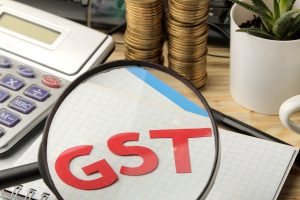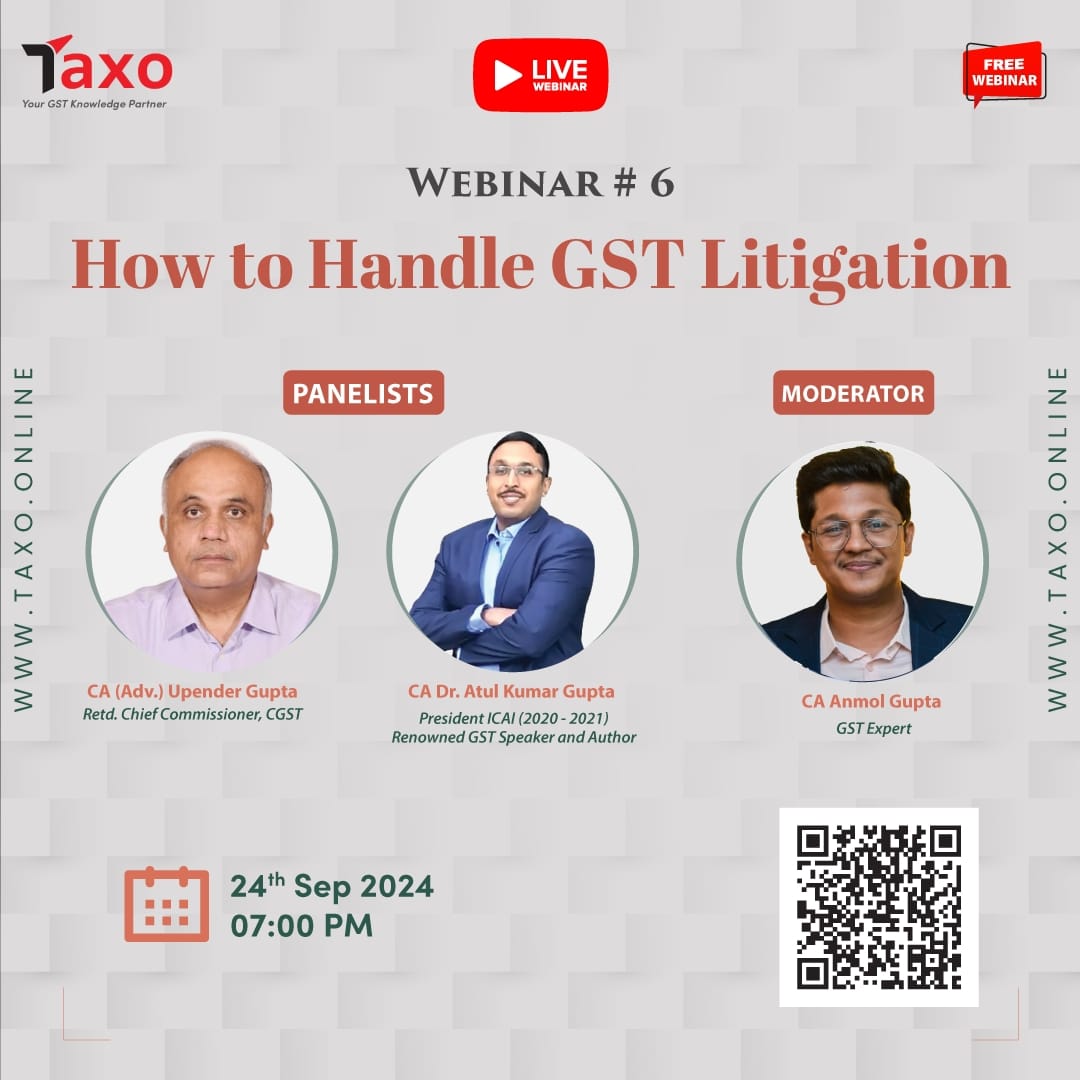
The GST audits undertaken by the indirect tax administration in the current financial year have led to the detection of ₹22,000 crore tax evasion from nearly 48,000 cases so far, Central Board of Indirect Taxes and Customs (CBIC) chairman Vivek Johri said in an interview. The indirect tax authority is now working on analyzing the corporate tax returns filed by businesses with the Income Tax department and the GST registration data to identify businesses and traders who ought to take GST registration but have not done so. This is part of a drive to widen the tax base. Johri also said there is no proposal to roll back the Finance Bill clarification that input tax credit will not be available on CSR spending by companies. The budget proposals on customs duty changes will help several industries achieve self-reliance, Johri said, citing several examples. Edited excerpts:
What is the progress of GST audits, and what are the major breaches noticed during the audit?
We have so far done almost 48,000 GST audits (in 2022-23) pertaining to the first two years of GST (FY18 and FY19), for which we have data till the end of the second quarter of this financial year. We have detected tax evasion worth about ₹22,000 crore, and we have also made recoveries of about ₹4,000 crore. One major discrepancy we have found is with regard to availing of input tax credit. Because of a wrong understanding of the law, some taxpayers may have taken input tax credit on inputs for which credit is not available–that is one possibility. We have also come across cases where the value of the goods is not properly declared. Misclassification is another issue because of which the wrong rate of tax has been applied. These are the three broad categories where we have found gaps in compliance.
How do you plan to widen the GST base significantly from around 14 million registered taxpayers now?
There are two or three broad elements in that strategy. One is that we will use more data triangulation. We will be comparing our taxpayer base with that of other taxes, for example, direct taxes, particularly their taxpayer base of businesses. We will see whether the gap which is there in the GST base and the income tax taxpayer base is adequately explained or not. Are there any taxpayers on the income tax side who also ought to be GST taxpayers but are not? In many cases, you will find that even though they are income taxpayers, because of their categorization in the exempted category (below ₹40 lakh annual sales threshold for GST registration), it’s alright if they’re not registered with us, but we need to test that hypothesis. That is one part of the strategy. The second part would entail a more intense outreach program with potential taxpayers. We will have to do it on a regional basis in different parts of the country, where we will try and explain the benefits of being part of the GST value chain, such as input tax credit availability. We will also explain to them how easy it is to file returns with automation.
A highlight of indirect tax proposals in the Union budget for FY24 is the customs duty changes. How will these help the industry?
We have simplified the customs rate structure by reducing the number of rates from 21 to 13. This is meant to indirectly help importers by way of a simpler rate structure so that there is more clarity on classification and less scope for classification-related confusion or disputes. A simplified rate structure helps everybody, and it is a clear positive. If you look at our import basket, you will find that about 85% of the imports, by value, are either raw materials, intermediates or capital goods. To promote manufacturing, what we have done, as always, is to look at where the domestic industry is dependent on imports either for raw materials, capital goods or intermediates.
If domestic availability is not adequate, there we have given duty exemptions or some reduction in rates so that availability improves and it will eventually help value addition in the country. To give an example, a very big step for the chemical sector taken in the budget is the full exemption being given to denatured ethyl alcohol used in manufacturing a large number of chemicals.
Likewise, we’ve given some exemptions for inputs that go into the manufacture of mobile phones. We’ve given an exemption to lenses that are used for making camera modules of mobile phones. There are other sectors which contribute not only by way of value addition but also through exports (where relief has been given). One is the full exemption given to seeds for lab-grown diamonds. Again, the idea is that we should be able to produce lab-grown diamonds in the country. We already have a very robust cutting and polishing sector in Surat and in other places. If you make lab-grown diamonds here, you can cut and polish and add value here and either export or use it for manufacturing jewellery domestically. Similarly, we have exempted ingredients for the manufacture of shrimp feed because marine exports are a very important part of our export basket.
We are seeing greater data collection and automation of GST return filings. In which direction is GST return filing progressing?
I think over a period of time, you will see the return filing process getting more and more automated and therefore simplified for the taxpayer. Unlike income tax, in GST, the tax return is constructed on the basis of transaction-level data. With the introduction of e-invoicing, we are now capturing electronic invoices for business-to-business transactions on the system and we have gradually reduced the threshold to ₹10 crore. Any business with a turnover of more than ₹10 crore is required to generate e-invoices electronically for their business-to-business transactions. It helps us to construct that taxpayer’s return.
So increasingly, we will see more and more automation of the return. The taxpayer will have better visibility of what tax credits are available to him. The system will allow that to be checked and he will just need to verify the auto-constructed return. So to that extent, return filing will become simpler.
So the system will have an idea about the tax liability of a business even before the person prepares the return?
The system will know, but we will also be able to show it to the taxpayer just in time for the filing cycle. So the taxpayer and the department will know it at the same time. Of course, the taxpayer can edit that return, but you know, we will have a fair idea of the liability.
Will there be any relaxation on the government’s proposal in the Finance Bill to clarify that input tax credit will not be available on CSR spending?
There’s no proposal right now to change it.
What is the progress in clarifying the GST liability for crypto assets?
There’s a group of officers studying it. We are waiting for their recommendations.
Source: LiveMint
https://www.livemint.com/economy/gst-audits-led-to-detection-of-22-000-cr-tax-evasion-11676397367736.html


